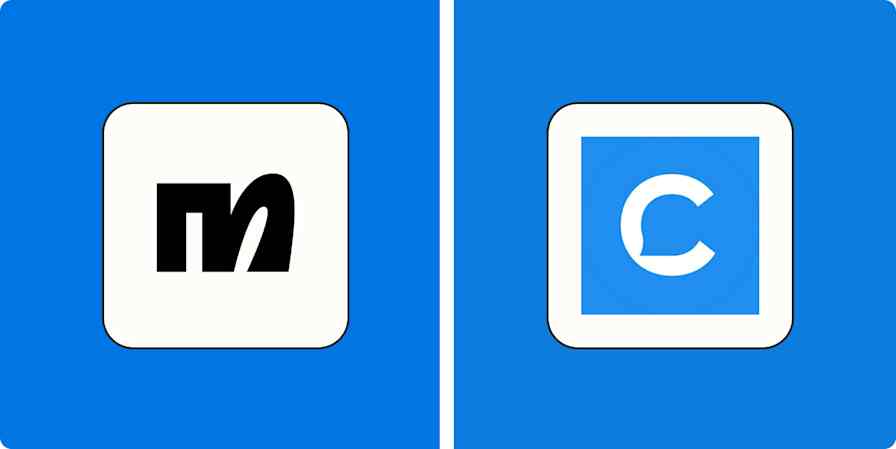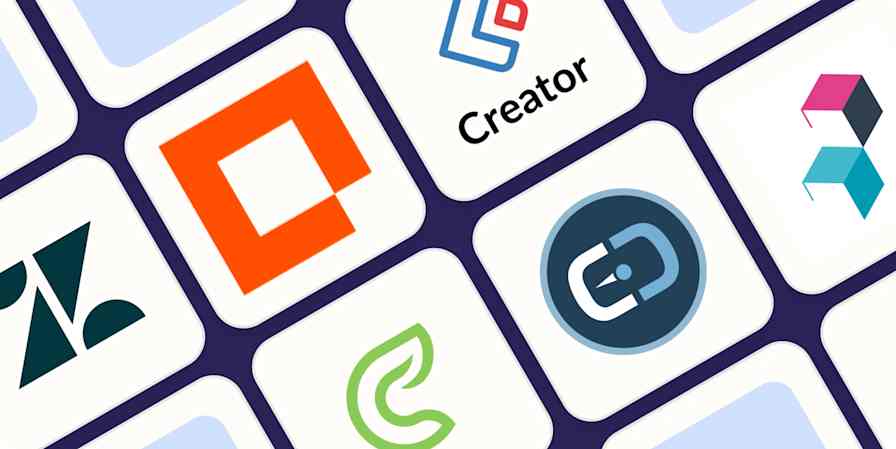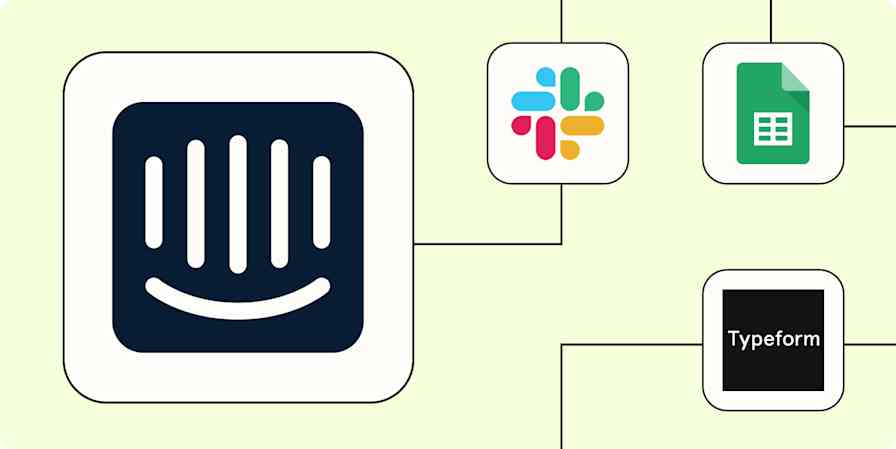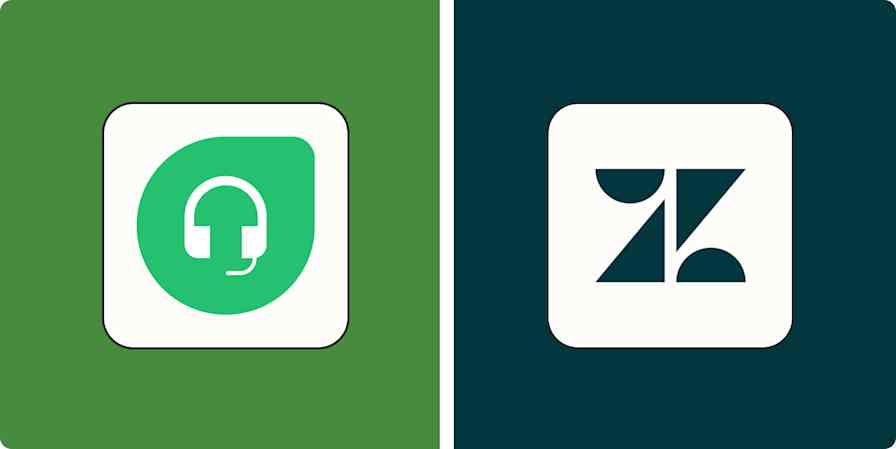Business tips
9 min readNet Promoter Score: A guide to NPS
How to grow your business with a simple two-question survey
By Chad Keck · November 30, 2023

Get productivity tips delivered straight to your inbox
We’ll email you 1-3 times per week—and never share your information.
mentioned apps
Related articles
Improve your productivity automatically. Use Zapier to get your apps working together.








